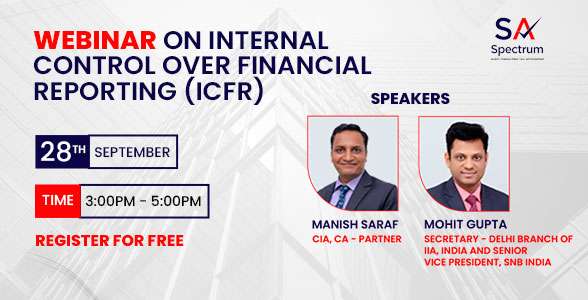A UAE business is regarded as carrying on an Intellectual Property Business if it holds, exploits, or receives gross income from “Intellectual Property Assets”, which is defined as any intellectual property right in intangible assets, such as copyrights, patents, trademarks, brands, and technical know-how, from which the Licensee earns separately identifiable income in the form of royalties, license fees, franchise fees, capital gains and any other income from the sale or exploitation of the Intellectual Property Asset.
Most UAE businesses will own some form of Intellectual Property Asset (e.g. their trademark, technical know-how relating to their processes, copyright in their works etc.), but not earn separately identifiable income from such assets. Instead, the Intellectual Property Assets contribute to or protect the value of the good or services these UAE businesses provide. The ownership of such Intellectual Property Asset would not be considered as carrying on an Intellectual Property Business.
What are the Core Income Generating Activities of Intellectual Property Business?
The ESR Regulations set out certain CIGAs for an Intellectual Property Business. Which CIGA needs to be undertaken in the UAE will depend on the nature of the asset being exploited and how that asset is being used to generate gross income for the Licensee:
- Patents and similar assets: This CIGA includes planning and documentation of new products, processes or services, prototyping, demonstrating, piloting, testing and validation of new or improved technologies, addressing known scientific or technological obstacles, applying research findings or other knowledge for producing or introducing new or improved materials, devices, products, processes, systems, technologies or services, etc.
- Marketing intangibles: Marketing and branding includes advertising, seeking endorsements, artistic design, developing consumer awareness and developing customer loyalty. Distribution includes distribution of the marketing intangible through various mediums such as on demand services, business to business sectors, integration into IT systems, creating dealership networks and distribution channels and maintaining relationships to aid in the distribution of the marketing intangible.
In exceptional circumstances, a Licensee that owns a marketing intangible, patent or similar asset (and is not considered a High Risk IP Licensee – see next section) and that does not undertake any of the relevant CIGAs mentioned above, may be able to consider any of the following activities as CIGAs for Economic Substance purposes:
- Taking strategic decisions and managing (as well as bearing) the principal risks related to development and subsequent exploitation of the Intellectual Property Asset.
- Taking the strategic decisions and managing (as well as bearing) the principal risks relating to acquisition by third parties and subsequent exploitation and protection of the Intellectual Property Asset.
- Carrying on the ancillary trading activities through which the Intellectual Property Assets are exploited leading to the generation of revenue from third parties.
High Risk IP Licensee:
Where a Licensee is carrying on an Intellectual Property Business, it will also have to consider if it is a High Risk IP Licensee. A High Risk IP Licensee is defined under Article 1 of the ESR Regulations as a Licensee which carries on an Intellectual Property Business, and meets all of the following three requirements:
- The Licensee did not create the Intellectual Property Asset which it holds for the purpose of its business.
- The Licensee acquired the IP Asset from either; a Connected Person; or in consideration for funding research and development by another person situated in a foreign jurisdiction.
- The Licensee licenses or has sold the IP Asset to one or more group companies, or otherwise earns separately identifiable gross income (e.g. royalties, license fees) from a foreign group company in respect of the use or exploitation of the IP asset.
A High Risk IP Licensee must provide sufficient evidence supporting that it has, and has historically had, a high degree of control over the development, enhancement, maintenance, protection and exploitation of the Intellectual Property Asset.
Such entity is further required to have an adequate number of full-time employees, with the necessary qualifications, who permanently reside and perform their activities in the UAE, and would need to provide the following information:
- A business plan showing the reasons for holding the ownership in the Intellectual Property Asset, in the UAE.
- Employee information including the level of experience, type of contracts, qualifications and duration of employment of the Licensee.
The above information would have to prove that in the UAE there is more than local staff passively holding intangible assets whose creation and exploitation is a function of decisions made and activities performed outside of the jurisdiction. As such, the business would need to evidence that decision making is taking place in the UAE.
Reach out to Spectrum to know everything about ESR. Contact at +971 4 2699329 or email us at [email protected] now!



 contact us
contact us